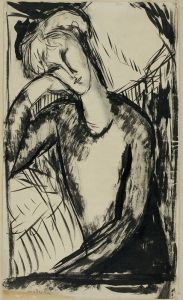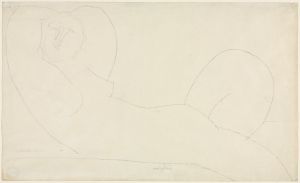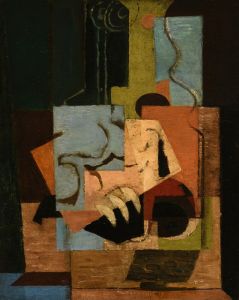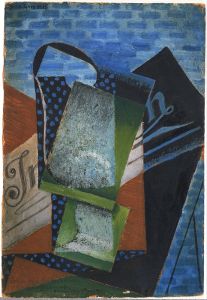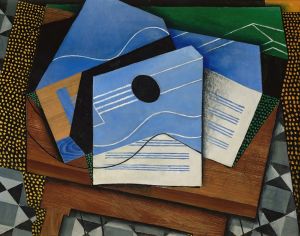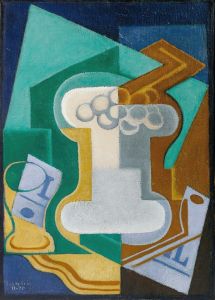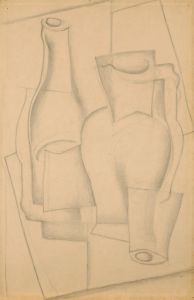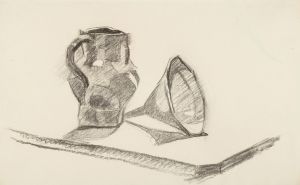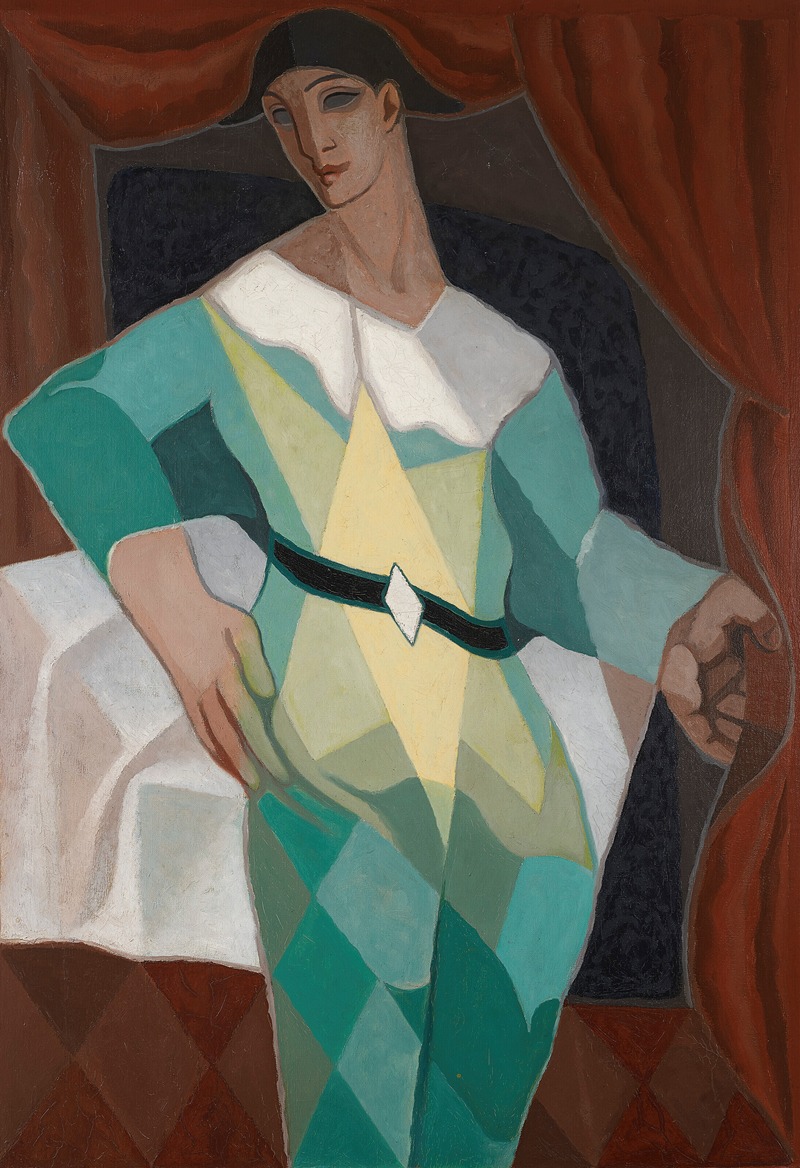
Arlequin
A hand-painted replica of Juan Gris’s masterpiece Arlequin, meticulously crafted by professional artists to capture the true essence of the original. Each piece is created with museum-quality canvas and rare mineral pigments, carefully painted by experienced artists with delicate brushstrokes and rich, layered colors to perfectly recreate the texture of the original artwork. Unlike machine-printed reproductions, this hand-painted version brings the painting to life, infused with the artist’s emotions and skill in every stroke. Whether for personal collection or home decoration, it instantly elevates the artistic atmosphere of any space.
"Arlequin" is a painting by the Spanish artist Juan Gris, a prominent figure in the Cubist movement. Juan Gris, born José Victoriano González-Pérez in 1887, was known for his distinctive style that contributed significantly to the development of Cubism. Gris's work is characterized by its clarity, precision, and use of geometric shapes, which are evident in "Arlequin."
Created in 1919, "Arlequin" is a prime example of Gris's mature Cubist style. The painting depicts a harlequin, a classic character from the Italian commedia dell'arte, which was a popular subject among Cubist artists. The harlequin is often associated with the themes of performance and disguise, which resonate with the Cubist exploration of multiple perspectives and fragmented forms.
In "Arlequin," Gris employs a palette of muted colors, including shades of brown, gray, and blue, which are typical of his work during this period. The composition is structured with overlapping planes and facets, creating a sense of depth and movement. Gris's use of collage-like elements and his attention to the interplay of light and shadow demonstrate his mastery of Cubist techniques.
Gris's approach to Cubism was distinct from that of his contemporaries, such as Pablo Picasso and Georges Braque. While Picasso and Braque often focused on deconstructing objects into abstract forms, Gris emphasized clarity and order in his compositions. His work is noted for its harmonious balance and the integration of color and form, which are evident in "Arlequin."
The painting reflects Gris's interest in the relationship between art and reality. By depicting a harlequin, a figure associated with theatricality and illusion, Gris invites viewers to consider the nature of representation and the role of the artist in interpreting the world. The harlequin's fragmented form in the painting suggests multiple viewpoints and the complexity of perception, key themes in Cubist art.
"Arlequin" is part of Gris's broader exploration of still life and portraiture, where he often combined elements of both genres. His work during this period is marked by a synthesis of analytical and synthetic Cubism, blending detailed observation with abstract representation.
Juan Gris's contribution to Cubism and modern art is significant, and "Arlequin" exemplifies his innovative approach to painting. The artwork is housed in various collections and has been exhibited in numerous retrospectives, highlighting Gris's enduring influence on the art world. His ability to convey depth and emotion through geometric abstraction continues to be celebrated by art historians and enthusiasts alike.
Overall, "Arlequin" stands as a testament to Juan Gris's artistic vision and his role in shaping the trajectory of 20th-century art. Through his unique interpretation of Cubism, Gris offered new ways of seeing and understanding the world, leaving a lasting impact on the artistic landscape.





